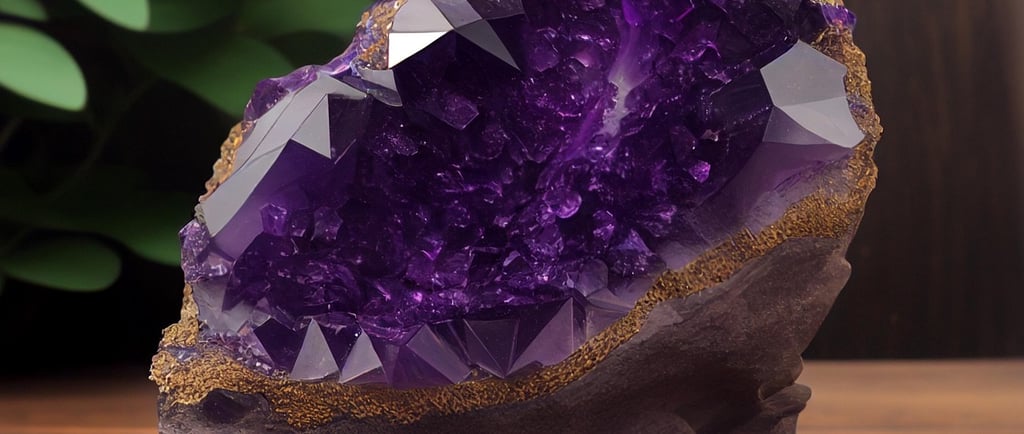What Makes a Rock a Good Specimen?
The First Thing That Catches the Eye
Larry Foss and AI
8/20/20252 min read


What Makes a Rock a Good Specimen?
When you’re out in the field, every stone can seem like a treasure. But as you grow as a rockhound, you’ll start to notice that some rocks stand out as true specimens—worthy of display, study, or turning into jewelry. So what exactly makes a rock “good” in the eyes of a collector? Let’s break it down.
Beauty: The First Thing That Catches the Eye
For many collectors, beauty is the first and most important factor. Rocks with vibrant colors, striking patterns, or a glossy luster naturally draw attention. Some qualities to look for include:
Color: Bright or unusual colors, such as deep reds, brilliant blues, or shimmering greens.
Patterns: Bands in agates, speckles in jasper, or unique swirls that make each piece one-of-a-kind.
Transparency: Clear quartz or translucent agates often stand out from ordinary rocks.
If a stone makes you stop and say “wow,” it’s probably a good specimen.
Rarity: The Scarcity Factor
Not all rocks are created equal. Some are common, like granite or sandstone, while others are far rarer. Collectors often prize specimens that are harder to find, such as:
Turquoise from the Southwest
Montana sapphires
Lake Superior agates
Petrified wood with vibrant colors
Gold-bearing quartz
A rare rock, even if small, can be a valuable addition to your collection.
Crystal Formations and Structures
Many rockhounds love finding rocks that show visible crystal shapes. Natural geometry is fascinating, and well-formed crystals are often considered top-tier specimens. Examples include:
Quartz points with sharp tips and clarity
Amethyst clusters with purple crystal formations
Fluorite cubes in brilliant greens or purples
Calcite crystals with unusual shapes
Even a small crystal cluster can make a specimen special.
Condition: The State of the Stone
A good specimen is usually intact and free of major damage. Look for:
Sharp edges instead of broken ones
Minimal cracks or chips
Strong, natural color that isn’t faded
That said, even imperfect rocks can be beautiful—especially if they tell a story about their journey through time.
Educational or Scientific Value
Sometimes a rock is considered a good specimen not for its looks, but for what it teaches us. Fossils, for example, provide a glimpse into ancient life. Rocks that show unusual mineral combinations, layering, or geological history can also be prized for their scientific value.
Personal Connection: The “Wow” Factor
At the end of the day, a good specimen doesn’t always have to be rare, shiny, or perfect. If a stone speaks to you—maybe it reminds you of a special trip, a family outing, or just feels right in your hand—that’s reason enough to call it a keeper. Many of the best collections are built on personal favorites rather than market value.
The Collector’s Eye
The more you collect, the more you’ll develop your “collector’s eye.” Over time, you’ll learn what excites you most—crystals, fossils, agates, or colorful minerals. Trust your instincts, and remember that the best specimens are often the ones that bring you joy.
So next time you’re out rockhounding, don’t just grab everything you see. Look for color, shape, rarity, condition, and most importantly, that spark of excitement. That’s the true mark of a good specimen.
